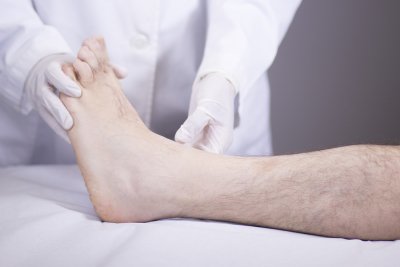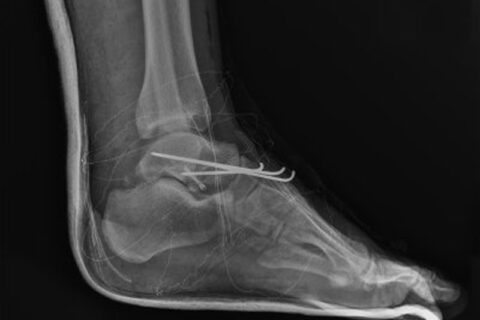Recognizing the Symptoms of Arthritis in Your Feet and Ankles
More than 100 types of arthritis affect millions of Americans. The feet and ankles are particularly susceptible to developing arthritis because of the sheer weight and force they are subjected to throughout each day. Arthritis may not be curable, but it is treatable. If you suspect you might be developing arthritis in your feet and ankles, it’s important to see a podiatrist in the Sugar Land area as soon as possible. For some types of arthritis, early treatment can help delay the progression and prevent further damage.

Osteoarthritis
Osteoarthritis is a common type of arthritis that develops because of the wear and tear damage inflicted on the joints. Wear and tear damage has a cumulative effect, which is why osteoarthritis is more common among older adults. Each foot has more than 30 joints, but osteoarthritis is most likely to affect the joint that connects the ankle and shinbone, the joint that connects the foot bone and big toe, and the three joints that involve the outer and inner mid-foot bones, and heel bone. The symptoms of osteoarthritis develop gradually and generally include tenderness, pain, stiffness, and swelling in the affected joint. Patients may experience reduced mobility because of the difficulty in placing weight on the affected foot.
Post-Traumatic Arthritis
If you have previously sustained an injury to a foot or ankle, you may be at risk of developing post-traumatic arthritis. If so, you’ll likely notice that you’ve begun to suffer from a decreased tolerance of daily activities that require placing weight on the foot. These include climbing stairs and playing sports. The affected joint can become painful and swollen, and it may have fluid accumulation.
Rheumatoid Arthritis
Unlike osteoarthritis, rheumatoid arthritis is an autoimmune disease. It triggers the immune system to overreact and attack the protective synovium of the foot and ankle joints. Eventually, the bone, cartilage, ligaments, and tendons can sustain damage. Rheumatoid arthritis of the feet and ankles is best recognized by the pain, stiffness, and swelling it causes. The affected joint may feel warm to the touch and you may experience difficulty walking. Eventually, you may develop corns, bunions, hammertoe, or flat foot, and you may experience systemic health problems like fever, fatigue, and loss of appetite.

